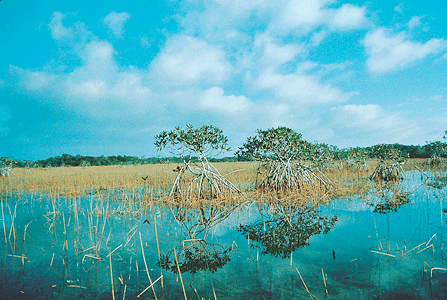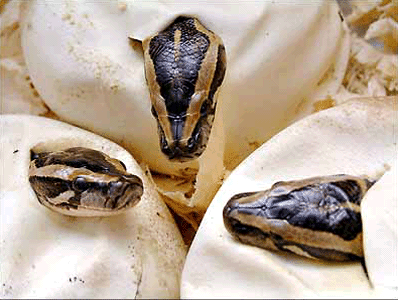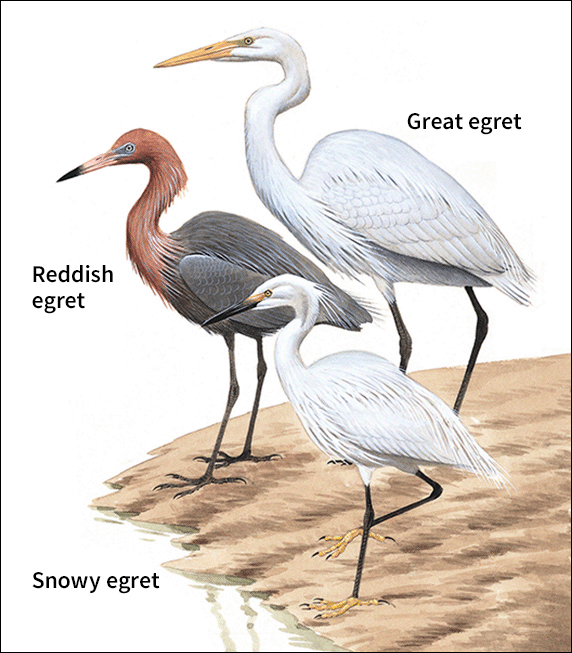Pythons Have “Homing Instinct”
Thursday, March 20th, 2014March 20, 2014

Everglades National Park, in the Florida Everglades, has a major problem with invasive species, including the giant Burmese python (National Park Service).
Giant Burmese pythons have a magnetic sense that directs them “home” over vast distances, scientists announced yesterday in the Royal Society journal Biology Letters. To study how these invasive predators migrate and spread, scientists captured and relocated 12 pythons in Florida’s Everglades National Park. The huge snakes were fitted with GPS radio transmitters. Half were released where they were captured; the other half was transported to other areas in the park—13 to 23 miles (21 to 36 kilometers) from where they were captured. Using aircraft to track their movements, the scientists were amazed to discover that 5 of the 6 pythons quickly returned to within 3 miles (5 kilometers) of the place where they had been captured. “We were very surprised,” noted the study’s lead author Shannon Pittman of Davidson College in North Carolina. “We anticipated the pythons would develop new home ranges where they were released. We didn’t expect them to orient back to their capture locations.” Pittman stated that the experiment provided the first evidence that snakes may share a similar magnetic sense as other reptiles, such as sea turtles. Dr. Pittman suggested that staying in familiar territory may help snakes find prey and mates, and this homing sense may allow them to return to their territory after exploratory forays. “We know that snakes tend to come back to some of the same sites throughout their lives such as overwintering locations or refuges.”
The Burmese python, a native of Southeast Asia, has become established in the Everglades as a result of people dumping unwanted pet pythons. One of the largest snakes in the world, the python has been measured at more than 15 feet (4.5 meters) and weighing in excess of 160 pounds (72.5 kilograms). The snakes coil around a prey animal and suffocate it. Pythons have been known to kill and swallow adult alligators and have been blamed for a staggering decline in the numbers of native mammals in the Everglades. Conservation surveys conducted between 2003 and 2011 documented a 9.3-percent decrease in the frequency of raccoon observations and decreases of 98.9 percent and 87.5 percent in opossum and bobcat observations, respectively. No native marsh rabbits were detected during the entire length of the survey. Understanding how invasive pythons migrate could help control their spread in Florida, Pittman told BBC news.
Additional World Book articles:
- Invasive Species (a special report)
- New Top Predator? Pythons in the Everglades




